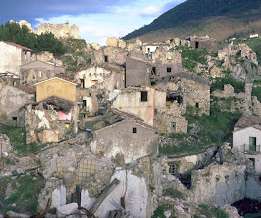Disaster Risk Reduction is not a Paradigm
Emergency Planning
JULY 5, 2019
Like any field of study, disaster risk reduction needs lateral thinking. Natural Hazards 86: 969-988. Sadly, a follow-the-herd mentality all too easily develops among researchers. The residual question is how to liberate and encourage creativity. Ismail-Zadeh, A.T., Takeuchi and D. Paton 2017. first edition 1962).














Let's personalize your content